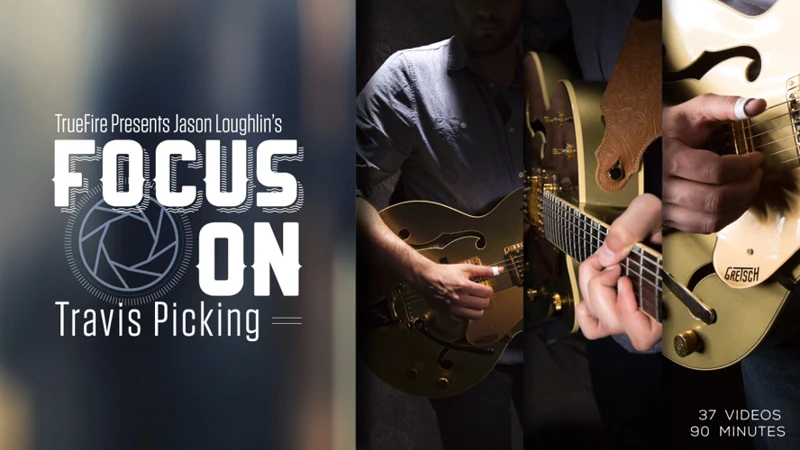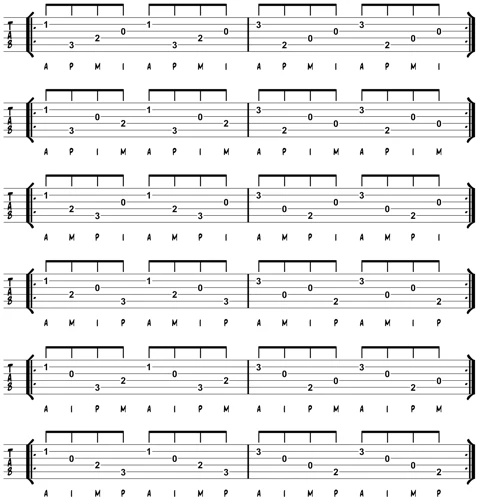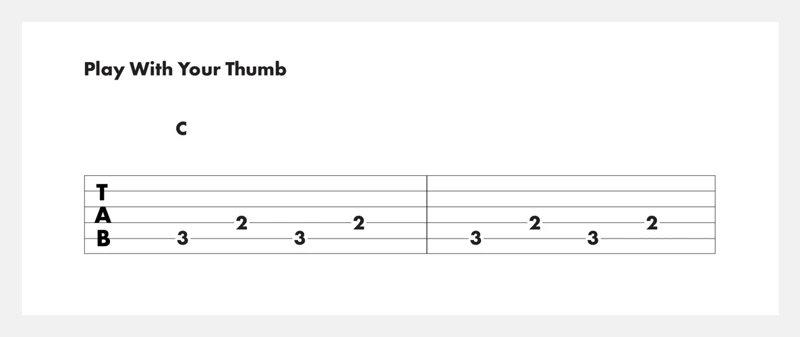Travis picking is a fingerstyle guitar technique that is commonly associated with country music. Named after Merle Travis, this technique involves using the thumb to play a steady bass pattern while the other fingers pluck the melody and chords. In this blog post, we will explore the basics of Travis picking for country guitar, including the techniques, chords, and songs that you need to know to get started.
What is Travis Picking?
Travis picking is a fingerstyle guitar technique that involves using the thumb to play a steady bass pattern while the other fingers pluck the melody and chords. This technique is often used in country music, but it can also be found in other genres such as bluegrass and folk. The name “Travis picking” comes from Merle Travis, a country guitarist who was known for his skillful use of this technique.
The Basics of Travis Picking
To get started with Travis picking, you will need to have a basic understanding of fingerstyle guitar. This means that you should be comfortable using your fingers to pluck the strings instead of using a pick. You will also need to know some basic chords, such as open position chords and barre chords.
The thumb is used to play the bass notes, which are typically the root note of the chord. The index, middle, and ring fingers are used to play the melody and chords. The key to Travis picking is to keep a steady rhythm with the thumb while the other fingers play the melody and chords.
Techniques for Travis Picking
There are a few techniques that are essential for Travis picking:
Thumb Independence
One of the most important skills for Travis picking is thumb independence. This means that you should be able to move your thumb independently from your other fingers. This is important because you will need to be able to play the bass notes with your thumb while the other fingers play the melody and chords.
Alternating Bass Patterns
Another important technique for Travis picking is alternating bass patterns. This means that you will be playing the root note of the chord on beats 1 and 3, and the fifth of the chord on beats 2 and 4. This creates a steady, rhythmic bass line that drives the song forward.
Finger Placement
Proper finger placement is also important for Travis picking. You should try to keep your fingers close to the fretboard, and use the tips of your fingers to pluck the strings. This will help you to play more cleanly and accurately.
Chords for Travis Picking
To get started with Travis picking, you will need to know some basic chords. Open position chords, such as G, C, and D, are a good place to start. You should also learn some barre chords, such as F, Bb, and C#, as these will allow you to play in different keys.
Songs for Travis Picking
Once you have the basics of Travis picking down, you can start learning some songs. Here are a few classic country songs that are great for Travis picking:
“I Am a Man of Constant Sorrow”
This traditional folk song has been recorded by many artists, including the Soggy Bottom Boys from the movie “O Brother, Where Art Thou?”. The song is in the key of D, and uses open position chords.
“Folsom Prison Blues”
This classic country song by Johnny Cash is in the key of A, and uses open position and barre chords. The song features a steady, driving bass line that is perfect for Travis picking.
“Wabash Cannonball”
This traditional folk song has been recorded by many artists, including Roy Acuff and the Carter Family. The song is in the key of C, and uses open position chords. The song features a lively, upbeat melody that is perfect for Travis picking.
Looking to expand your country guitar skills beyond Travis picking? Check out our articles on alternative country guitar picks, hybrid picking in country guitar playing, proper ways to hold a guitar pick in country music, and alternate picking techniques in country solos for more ways to enhance your playing!
Conclusion
Travis picking is a fun and challenging fingerstyle guitar technique that is commonly associated with country music. By learning the basics of Travis picking, including the techniques, chords, and songs, you can add a new dimension to your guitar playing. Whether you’re a beginner or an experienced guitarist, Travis picking is a great way to improve your skills and expand your musical horizons.




